Our Commitment to Transparency
“I have great expectations for the work of USAID. I expect a strong evaluation function and feedback loop that enables us to be accountable in both cases, and to learn from each other so that we can make continuous improvements. We can do this only with evidence and data to inform our decisions, and with unprecedented transparency about what we have learned and where.” Administrator Rajiv Shah, January 2011
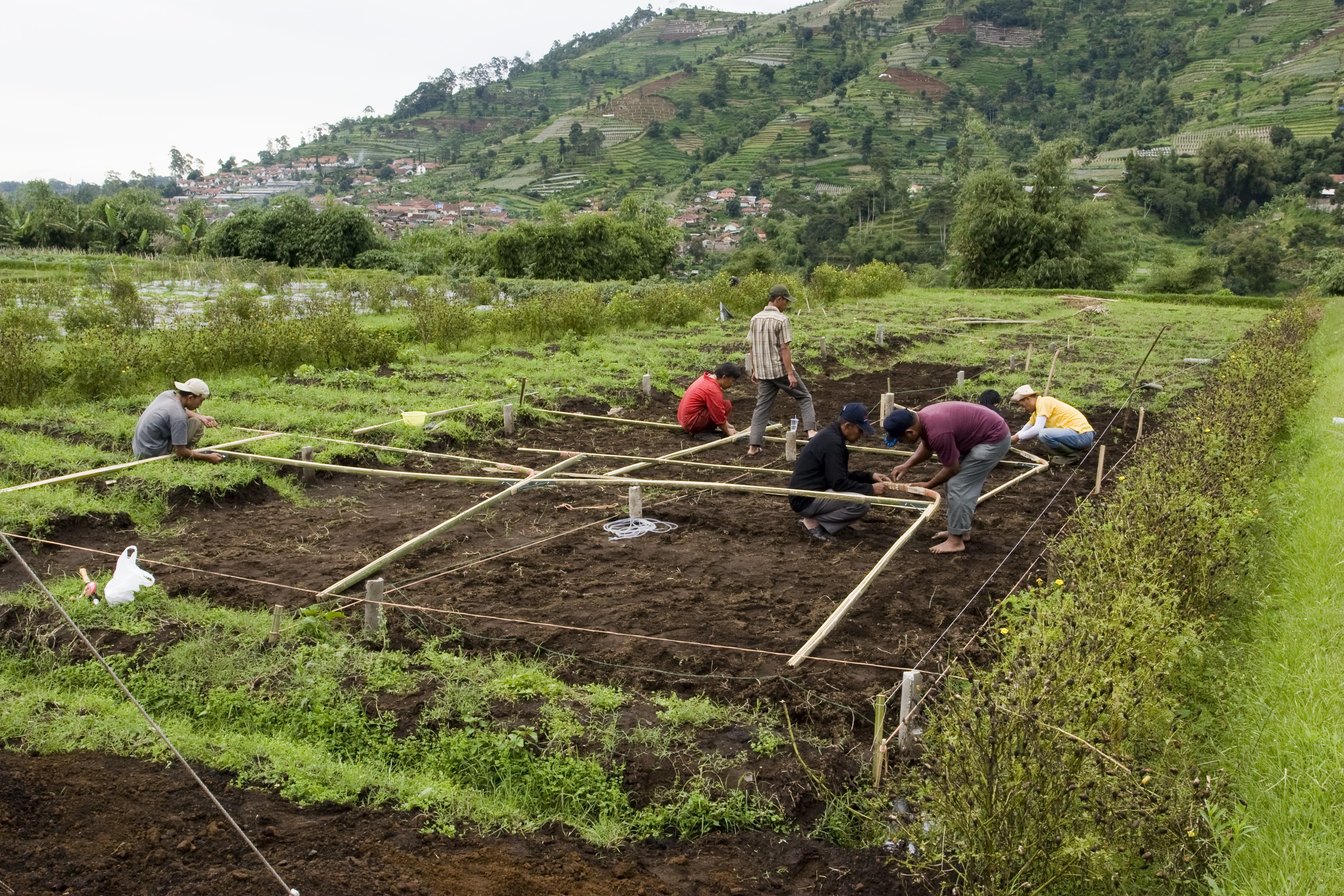
On his first full day in office, President Obama issued a Memorandum on Transparency and Open Government announcing his commitment to achieving an ‘unprecedented level of openness in government’. In this memorandum, the President called for federal agencies to establish a system of transparency, participation and collaboration. USAID stands at the forefront of these initiatives and continues to set an example of innovative transparency. See USAID's Open Government page for ways in which the Agency has responded to the President’s Open Government Initiative.
IATI & the Foreign Assistance Dashboard
In November 2011, the United States became a signatory to the International Aid Transparency Initiative (IATI). This important development was announced by the Secretary of State at the Fourth High Level Forum on Aid Effectiveness at Busan, South Korea in December 2011. Late in 2012, the U.S. Government published its IATI implementation schedule and first IATI-compliant data files, which included a timetable and frequency of data publication and an overview of the types of data to be published. USAID plays a leading role in ensuring that the U.S. Government meets its commitments under IATI to publish up-to-date information in a common, open format that makes it easy for stakeholders to find, use and compare with other donors' information about foreign aid spending. To that end, USAID was instrumental in the development of the government-wide guidance on collection of foreign assistance data in OMB Bulletin 12-01 [PDF], published in September 2012. USAID is committed to displaying information about its programs on the Foreign Assistance Dashboard, which is the repository for all data for onward reporting in IATI format. The Dashboard also provides a visual presentation of U.S. Government foreign assistance information in a standard and easy-to-understand way. Budget, obligation, and spending data from USAID are already part of the Dashboard, and USAID is working to add project-level data.
Other Financial Reporting
Each year, USAID handles two major reports on all U.S. Government foreign assistance. The first is U.S. Overseas Loans and Grants, Obligations and Loan Authorizations, commonly known as the Greenbook . In recent years, the online version has provided a complete historical record of all foreign assistance provided by the United States to the rest of the world. USAID also reports Official Development Assistance (ODA) to the Organization for Economic Cooperation and Development (OECD) on behalf of the U.S. Government.
Evaluation
Program evaluation findings are shared as widely as possible, with a commitment to full and active disclosure, per the USAID Evaluation Policy. Final USAID evaluation reports are available to the public at the Development Experience Clearinghouse, USAID’s online document archive available at http://dec.usaid.gov. (See also the Progress and Data page of USAID’s website for additional performance and results reporting).
Geocoding
The Agency’s innovation in transparency also includes their expanded use of geocoding across Bureaus and Missions worldwide. USAID’s website currently includes first generation geocoded maps of projects in 40 countries. In addition,, in June 2012, the Agency launched its first-ever crowdsourcing initiative to pinpoint the location of USAID Development Credit Authority (DCA) loan data. Geo-visualization of these loans allows donors, host governments, and the public to see where USAID helps enhance the capacity of the private financial sector by making loans to entrepreneurs, acting as a gauge for trends or signaling areas for cooperation.
Open Data Challenge
The Food Security Open Data Challenge, which was launched by USAID to bring together food security stakeholders, data technologists, and other development enthusiasts to build innovative solutions for food security is another example of USAID’s innovation in transparency. The purpose of the Challenge is to develop new applications that use and build robust data relevant to food security, to build a list of parameters of open data and food security data standards that would be useful in informing a G8 effort on global data standards for food security, and to demonstrate internally and externally the benefits of engaging data technologists, social innovators and entrepreneurs in U.S. development work.
Country Development Cooperation Strategies (CDCS)
Transparency is also reflected in the development of the Country Development Cooperation Strategies (CDCS). Within two months of a CDCS approval, the Mission prepares a public version that is posted on the Agency’s web site. Each CDCS is provided to Congress and made widely available to host country partners. The public version provides the basis for dialogue with host country partners and other stakeholders in the private sector as the Mission moves forward in project design.
In keeping with President Obama’s commitment to the relationship between transparency and good governance abroad as well as at home, USAID’s foreign assistance programs help countries to be more open and accountable to their stakeholders.



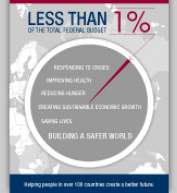

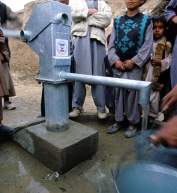
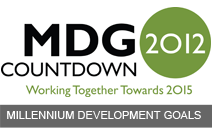

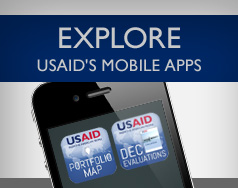
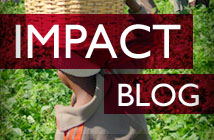

Comment
Make a general inquiry or suggest an improvement.